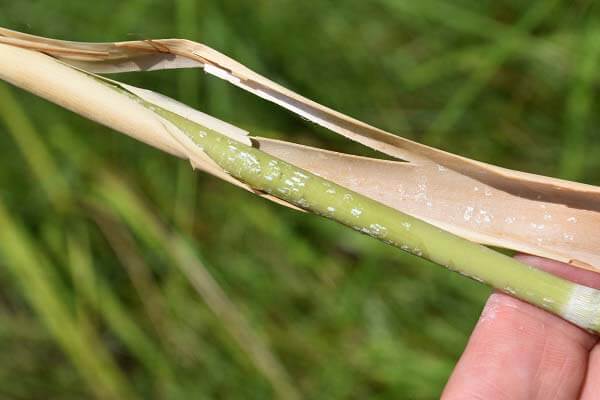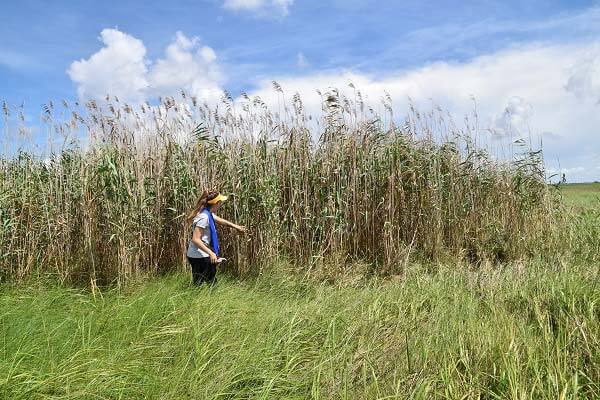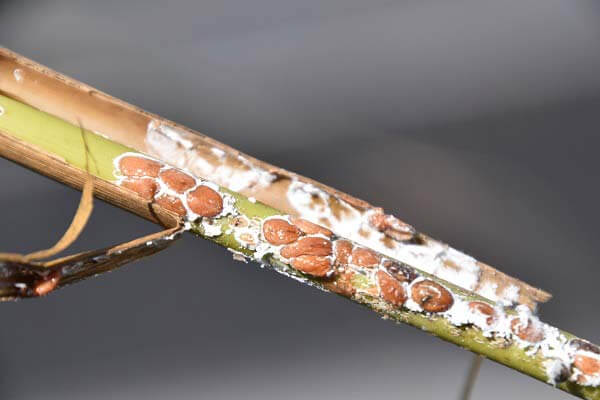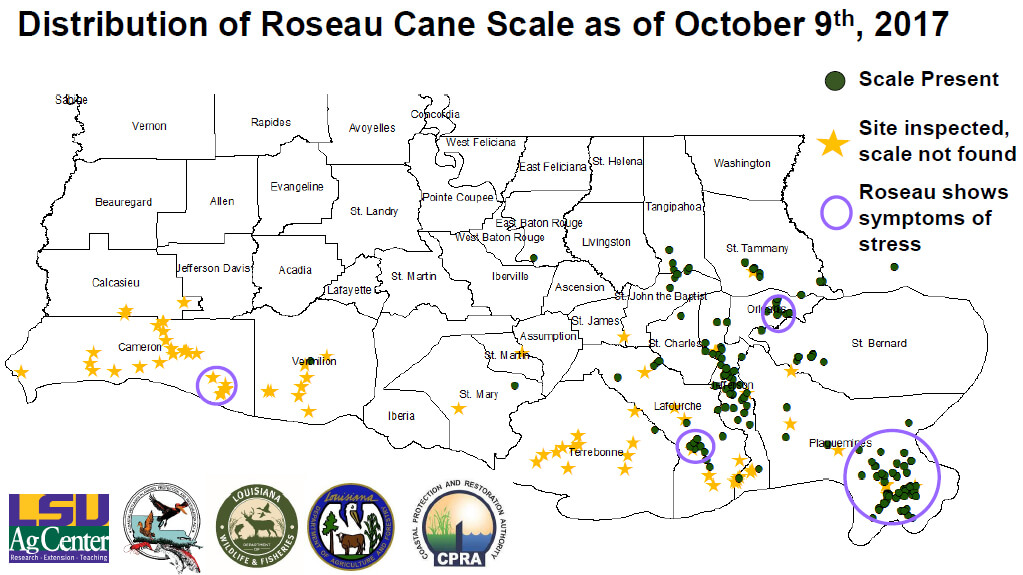Our subtropical climate, extensive coastal wetlands, and busy shipping industry make Louisiana particularly susceptible to exotic invasions.
Invasive species are thought to have arrived in Louisiana as early as the 18th century, with the arrival of French colonizers to the area. It has only been in recent years however that the overall effects of these introduced species have been seen.
Invasive species in Louisiana can be divided into the following categories:

The Newest Invasive Species in the B-T
The recent invasion of an exotic scale insect that attacks roseau cane (Phragmites australis) began in the lower Mississippi River delta, but is expanding. It has now been found on stands of roseau cane in 12 parishes. The scale is an invasive parasite introduced from Asia and recently identified as Nipponaclerda biwakoensis. The scales attach to the stems of roseau cane and feed on the sap, weakening and eventually killing the plant. The invasion is having devastating consequences in the lower delta where roseau cane is the dominant plant. But it is also diminishing stands of roseau cane in other parts of the state, and it is spreading rapidly.
A recent map of the scale’s distribution shows presence in 12 parishes. Click here to download the map.

Removing the sheath from the stem reveals early stage scale presence.

LSU researcher Madeline Gill prepares to take a sample stem from a typical stand of roseau cane in Lafourche Parish.

A more advance infestation


